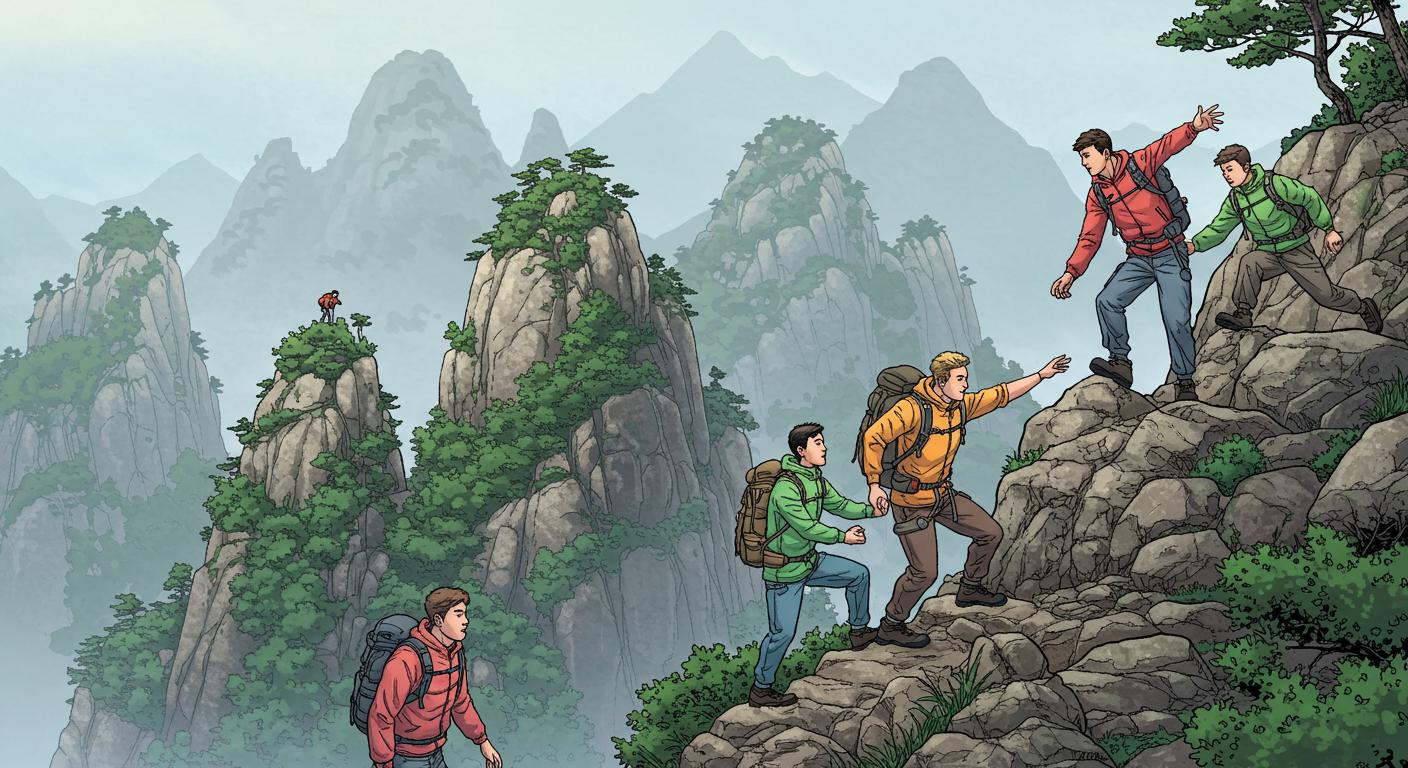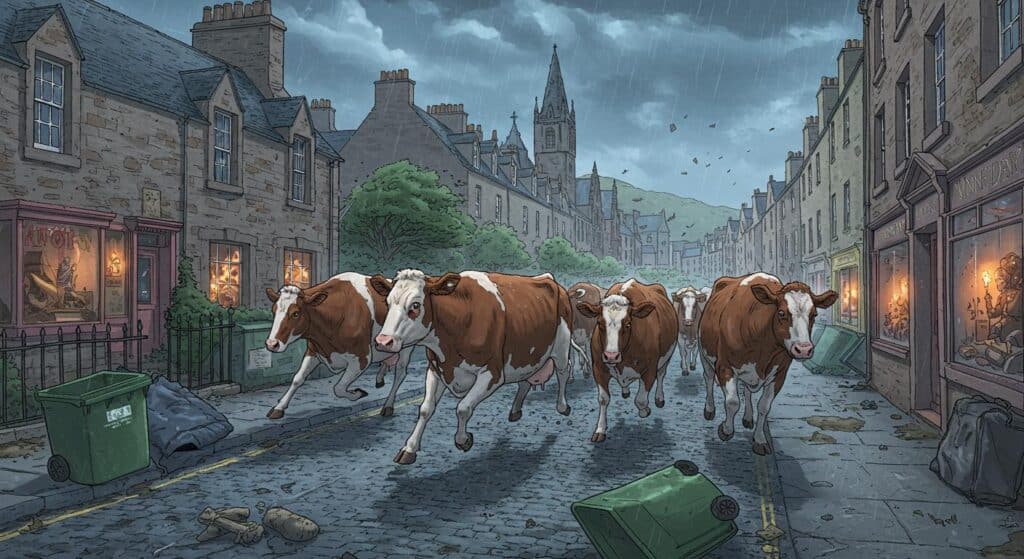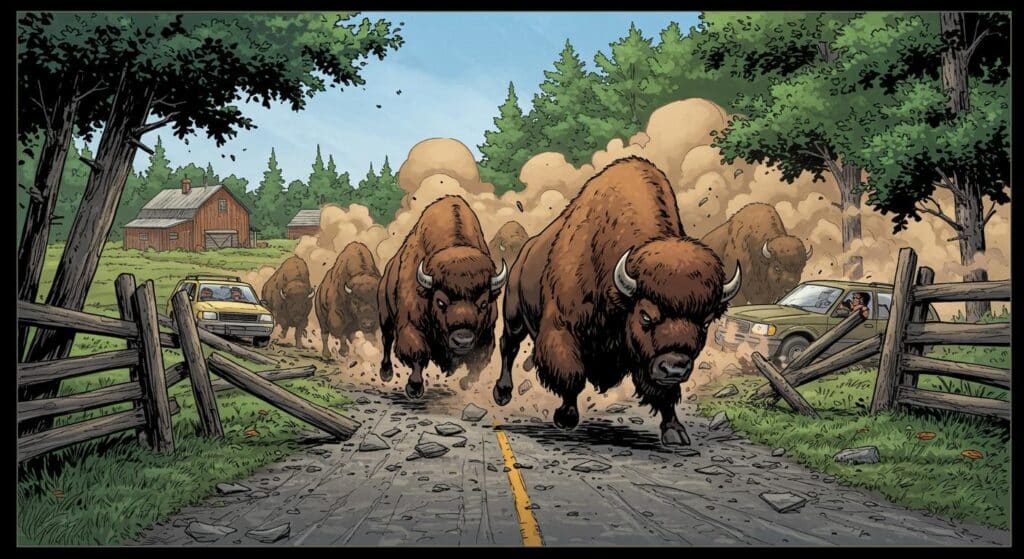Just when you thought applying for scholarships meant wading through essays and scanning transcripts, Seoul National University (SNU) in South Korea ups the ante—with actual mountain climbing. No, not metaphorically. If students want a shot at the new Misan Mountain Hiking Scholarship, they’re going to need more than a sharpened #2 pencil and a list of extracurriculars. They’ll need a pair of boots with decent tread—and, perhaps, a tolerance for elevation gain.
The Peaks and Payoffs
According to coverage by UPI, SNU recently opened applications for a scholarship that requires students to scale six mountains before the year is out. The reward? Up to $540—a sum unlikely to finance an expedition to Everest, but certainly a rare merit badge for the walls of one’s academic journey. The Misan Mountain Hiking Scholarship drew over 1,400 applicants for only about 70 slots, setting the scene for a competition better suited to a National Geographic special than to a campus quad.
VnExpress documents that students can earn partial awards for completing three to five mountains—no exams, essays, or medals required, just proof of the climbs. Those who reach three peaks get 300,000 won, while six earns the full 700,000 won. Both sources specify that only certain summits qualify, guided by Black Yak’s rigorously compiled lists of “100 Famous Mountains,” and anything with a cable car or gondola is strictly out. It’s not an all-or-nothing proposition unless you think cable-assisted ascents count as cardio.
Students are required, as both outlets note, to verify their vertical adventures using the Black Yak mobile app, which tracks routes and summit times. So much for staging a few artfully composed photos; the university seems set on stopping would-be couch climbers at the login screen.
An 81-Year-Old’s Legacy: Health Over Homework?
The spark behind this quest for literal elevation is Kwon Jun-ha, an 81-year-old SNU alumnus with a vision far from the fluorescent-lit libraries of his alma mater. VnExpress relays Kwon’s motivation: “SNU students have spent their lives buried in study. I want them to build health and memory along the way.” SNU’s statement to UPI frames it similarly, describing a wish to foster “a spirit of challenge and community spirit.”
Observing the competitive landscape, UPI points out that a staggering 1,400+ students have contended for just 70 places. The outlet also notes that this enthusiasm could be a sign that, for all the country’s academic seriousness, students are ready for new merit badges that require trail maps rather than highlighters.
With SNU ranking 38th globally in the latest QS rankings, as VnExpress highlights, it’s not surprising that the school is known for its driven students, often more familiar with marathon study sessions than actual marathons. This initiative marks an attempt to bring wellness and memory-making (of the non-flashcard sort) to the fore—even if said memories involve sore calves and stray blisters.
Fierce Competition for a Soft(ish) Landing
By grouping so many hopefuls for so few spots, the school has possibly revealed a competitive streak that extends off campus and into the foothills. Is this simply a new frontier for the same academic drive, now translated into packed trailheads and digital check-ins? Or does it hint at pent-up demand for achievements that don’t end in grade point averages?
Interestingly, as UPI asserts, strict verification and rules about eligible peaks put a cap on shortcuts. The Black Yak app, serving as both referee and companion, ensures that scrambles — literal and figurative — will be above board. You can almost picture the year’s end: coffee-fueled students dashing up a local incline, phone in hand, scrambling not for test scores but for proof of feet on summit.
Reflecting on the Odd (and Probably Satisfying) Road to Aid
There’s something irresistibly charming about an institution transforming scholarship applications into a real-life, analog achievement. By grouping all the requirements—tracking, peaks, and proof—instituted by a spirited octogenarian, the process asks for more than paperwork and a GPA: it demands memory-making in the truest sense. Applicants earn a story, not just a stipend, and perhaps the satisfaction of being able to answer “What did you have to do for your scholarship?” with a straight face.
The program may or may not shift the broader SNU culture, but it will certainly infuse some mountain air into student life—and maybe some job interviews (“So, tell us about a time you literally climbed a mountain to earn money.”). Are we on the cusp of a trend destined to see gothicscale scholarships for urban foraging, city stairwell ascents, or interpretive dance marathons?
Until then, SNU students eyeing a financial boost would do well to check those hiking boots for holes and consult their favorite weather app. A scholarship that leaves you breathless in more ways than one might be a peculiar detour for academia, but it’s no less genuine for being a bit odd. And in the end, isn’t that kind of the point?







